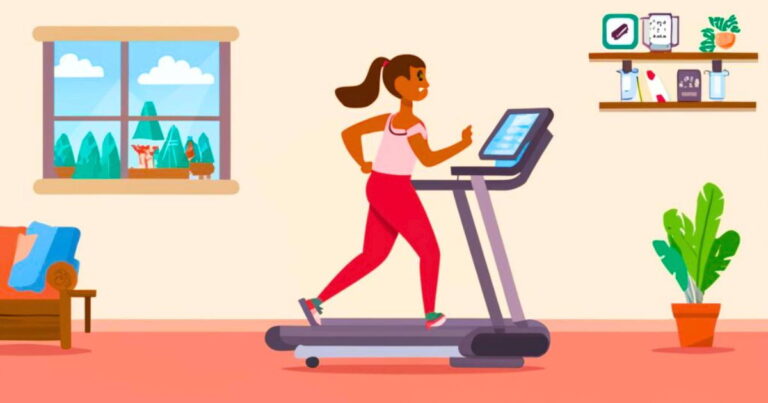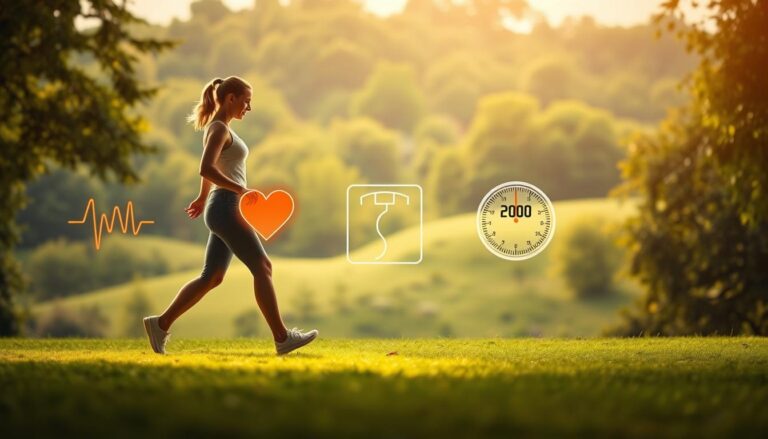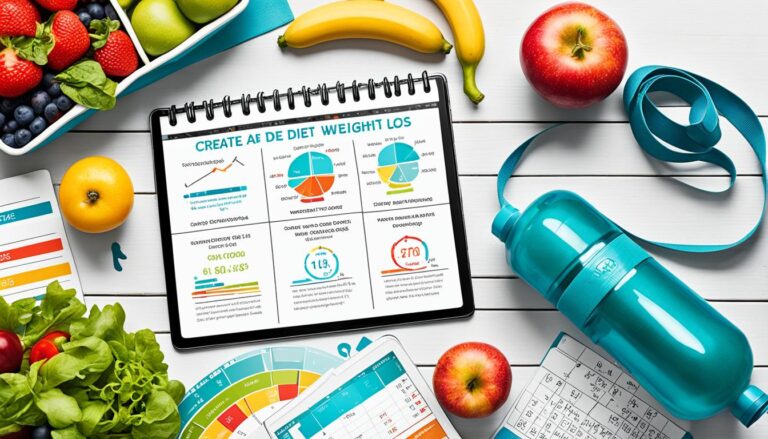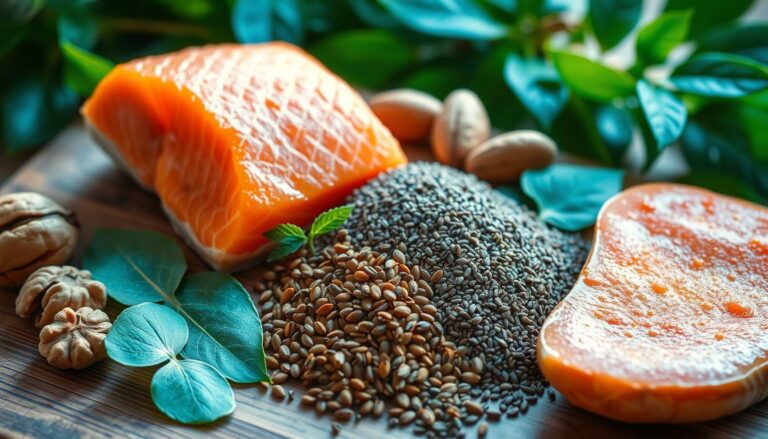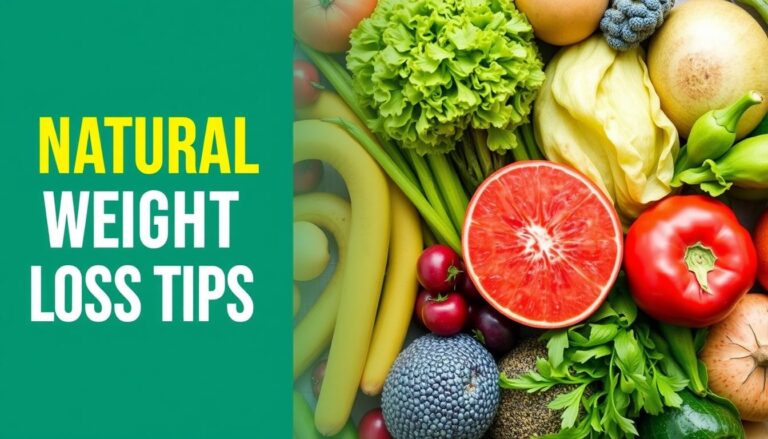Are you a diabetic looking for tasty foods that won’t raise your blood sugar? You’ll be happy to know there are many delicious and healthy options out there.
But you might wonder what food can diabetics eat freely? Let’s explore the best foods for a balanced diet that keeps you feeling good and full of energy.
Key Takeaways
- Discover the nutritional value of different food groups for diabetics
- Learn about diabetic friendly free foods that can be enjoyed in moderation
- Explore strategies for planning healthy meals and snacks to manage blood sugar
- Understand the importance of portion control and carb counting for diabetics
- Discover grocery shopping tips to make healthier choices
Understand the Nutritional Value of Foods
Managing diabetes means knowing the nutritional value of foods. The American Diabetes Association talks about a carb-controlled diet and the food exchange system. These help people with diabetes plan their meals and snacks well. Let’s look at free foods for diabetics and see what they offer.
What Are Free Foods for People With Diabetes?
Free foods for diabetes have less than 20 calories or 5 grams of carbs per serving. They don’t need counting in the food exchange system. This makes them great for a diabetes friendly diet. But, remember to eat them in moderation as part of a balanced diet.
Diabetic Free Foods List
Here are some free foods for diabetics:
- Carbonated water
- Unsweetened cocoa powder
- Coffee or tea without added sugar or cream
- Raw cabbage
- Sugar-free hard candy
- Raw cucumber
- Whipped topping sugar-free
- Raw salad greens and lettuce
- Sugar-free gum
These low-calorie and low-carb foods can be enjoyed freely. They help keep blood sugar levels healthy and satisfy cravings.
Incorporating free foods into your daily routine can be a game changer for managing diabetes. These nutritious options provide the flexibility to enjoy a variety of flavors without compromising your health.

Plan Healthy Meals and Snacks
Creating a balanced meal plan is key for people with diabetes. Picking the right foods helps manage your blood sugar blood pressure, and cholesterol. A good meal plan includes dairy or plant-based dairy fruits veggies protein, and whole grains.
Choose Healthy Foods and Drinks
When planning meals and snacks focus on foods full of vitamins calcium fiber, and healthy fats. Avoid foods high in saturated fat sodium, and sugar. Healthy choices include:
- Dairy or plant-based dairy products, such as low-fat or non fat milk, yogurt, and cheese
- Fruits, like apples berries, and citrus fruits
- Nonstarchy vegetables, such as leafy greens, broccoli, and bell peppers
- Lean protein sources including poultry fish, eggs, and legumes
- Whole grains, such as whole-wheat bread brown rice, and quinoa
Find the Best Times to Eat or Drink
The best times for meals and snacks vary based on your diabetes meds, activity level, work, and health conditions. Your healthcare team can advise on the best eating times to control your blood sugar.
| Meal or Snack | Recommended Timing |
|---|---|
| Breakfast | Within an hour of waking up |
| Lunch | Around midday, 4-5 hours after breakfast |
| Dinner | In the evening, 4-5 hours after lunch |
| Snacks | Between meals, as needed to maintain stable blood sugar levels |
Using these tips in your meal planning helps you develop healthy eating habits. This way, you can better manage your blood sugar levels.
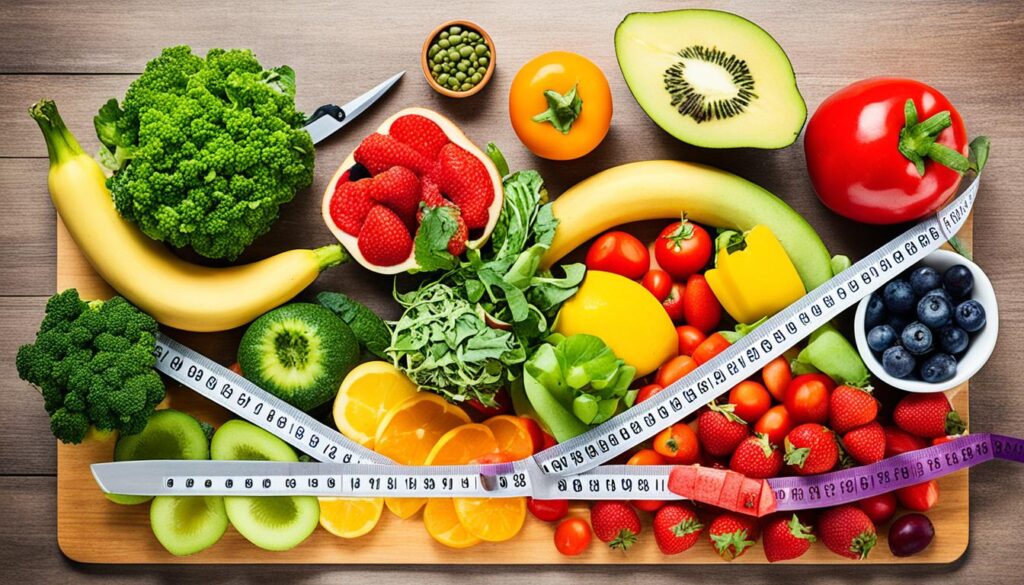
Read more: Effective Weight Loss Through Healthy Eating
What food can diabetics eat freely?
For people with diabetes, eating right is key. Luckily, there are many diabetes-friendly foods that are great for a balanced diet. These include zero-calorie foods and low-carb options that help keep blood sugar stable and support health.
Non-starchy vegetables are a top pick for diabetics. Foods like broccoli, spinach, and bell peppers are packed with nutrients but low in carbs and calories. Low-glycemic fruits like berries and citrus are also good choices, as they don’t raise blood sugar much.
Lean proteins such as grilled chicken, fish, and tofu are great for diabetics. They give you energy without causing a spike in glucose. Don’t forget about healthy fats from avocados nuts, and olive oil. These can improve insulin sensitivity and lower heart disease risk.
Knowing what to eat and how much is important for diabetics. By choosing these diabetes-friendly foods, you can make meals and snacks that are both tasty and healthy.

Eating a variety of nutrient-dense foods is key to managing diabetes. Focus on filling your plate with non starchy vegetables, lean proteins, and healthy fats for optimal blood sugar control.
Nonstarchy Vegetables for Diabetics
Nonstarchy vegetables are a great choice for diabetics. They are low in carbs and fiber-rich. They also have important vitamins, minerals, and antioxidants. This makes them a key part of a healthy diet.
Leafy greens and crunchy cruciferous veggies are just the start. There are many ways to add diabetes-friendly vegetables to your meals and snacks.
Examples of Nonstarchy Vegetables
- Spinach
- Kale
- Bell peppers
- Carrots
- Broccoli
- Cauliflower
- Brussels sprouts
- Asparagus
- Celery
- Onions
- Tomatoes
- Zucchini
- Garlic
- Mushrooms
- Okra
- Pumpkin
- Winter squash varieties
These low-carb veggies can be used in many dishes, from main courses to snacks. They are full of nutrients. They also help control blood sugar levels and boost health for people with diabetes.
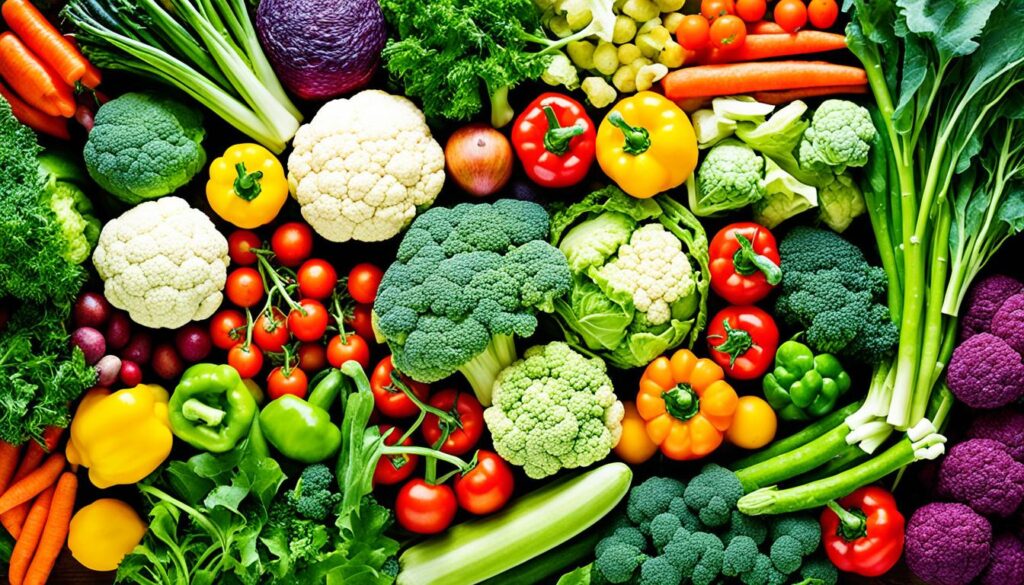
Read more: Low Carb or Low Fat What Works Best?
Nonstarchy vegetables are a game-changer for people with diabetes. They’re packed with fiber, vitamins, and minerals while being low in carbohydrates, making them a perfect addition to any diabetes friendly diet.
Fruits for Diabetics
Fruits are great for a diabetes-friendly diet. They are full of nutrients, fiber, and not too many carbs. This makes them good for keeping blood sugar levels in check. Low glycemic fruits and high-fiber fruits are especially good for diabetics who need to watch their sugar intake.
Some top diabetes-friendly fruits are apples, berries oranges grapefruit peaches plums, and kiwi. These fruits have a low glycemic index and glycemic load. This means they won’t cause big spikes in blood sugar. Frozen fruit is also a good choice for diabetics.
Remember, eating fruit in moderation is key for diabetics. Fruits are full of good stuff, but they do have carbs that affect blood sugar. It’s important to eat them in balance to keep your blood sugar stable.
Diabetes-Friendly Fruit Recommendations
- Apples
- Berries blueberries, raspberries, strawberries
- Citrus fruits oranges, grapefruits, lemons, limes
- Stone fruits peaches, plums, apricots
- Kiwi
- Pears
- Avocados
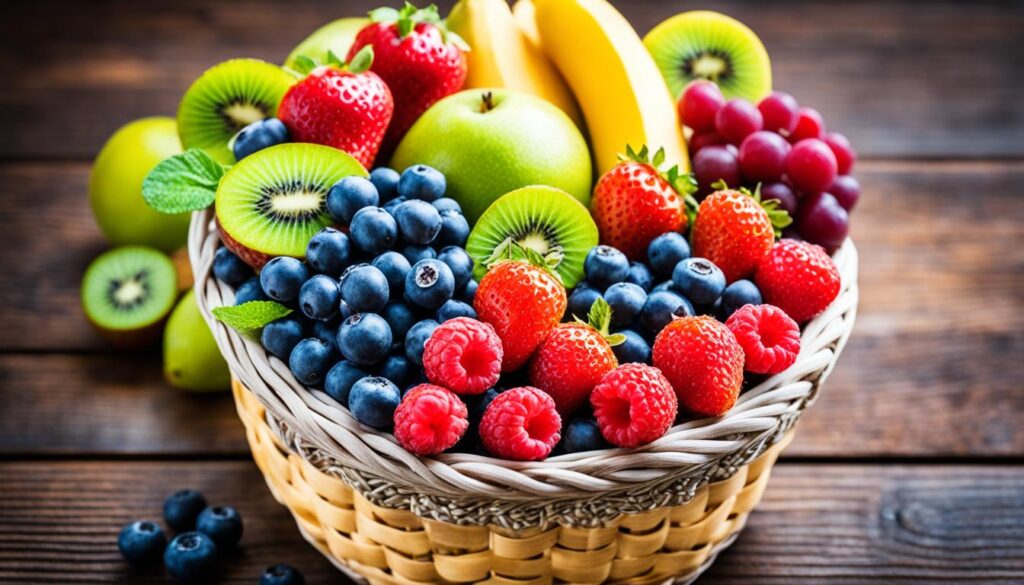
Read more: Metabolism Powder Uncovering Chili and Avocado
“Eating at least five servings of fruits rich in anthocyanin per week could reduce the risk for type 2 diabetes by 23%.”
Adding a mix of diabetes-friendly fruits to your diet can help you stay healthy. Focus on low-glycemic and high-fiber fruits. And always remember to eat them in moderation for the best diabetes management.
Beans and Legumes for Diabetics
For people with diabetes, eating diabetes-friendly proteins, complex carbohydrates, and fiber-rich foods is key. Beans and legumes are great because they’re full of these nutrients. You can use black beans, navy beans, chickpeas, and lentils in many dishes, even with an instant pot.
Black beans are packed with 75 calories, 5g of protein, 13g of carbs, and 5g of fiber per 1/3 cup. Lima beans have 60 calories, 3g of protein, 11g of carbs, and 3g of fiber per 1/3 cup. Red kidney beans give you 73 calories, 5g of protein, 12g of carbs, and 4g of fiber per 1/3 cup. These foods help control blood sugar and support health.
Studies show that eating more beans, lentils, and legumes can help manage diabetes and lower heart disease risk. Plus, half a cup of beans has as much protein as an ounce of meat, making them a top diabetes-friendly protein choice.
- Black beans: 75 calories, 5g protein, 13g carbohydrates, 5g fiber per 1/3 cup
- Lima beans: 60 calories, 3g protein, 11g carbohydrates, 3g fiber per 1/3 cup
- Red kidney beans: 73 calories, 5g protein, 12g carbohydrates, 4g fiber per 1/3 cup
Adding beans and legumes to your meals is tasty and healthy for diabetes management. Whether you’re making instant pot chili or a bean salad, these fiber-rich foods and diabetes-friendly proteins support your health goals.
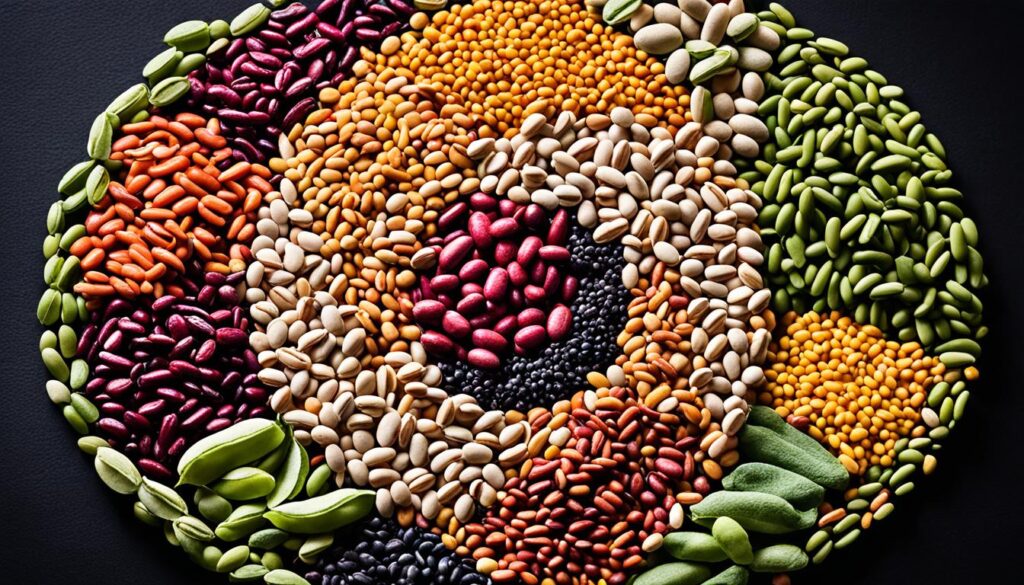
Read more: Diabetes 101 Crafting a Personalized Diabetes Plan
Whole Grains for Diabetics
For people with diabetes, eating diabetes-friendly carbohydrates like whole grains is key. These grains are full of high-fiber goodness. They give you complex carbs that help control blood sugar and keep you energized. Let’s look at why whole grains are great and how to add them to your meals.
Doctors say those with diabetes should eat at least three servings of whole grains every day. A food is called a whole grain if it has 51% or more whole grain by weight per serving. This means you could have 25g of porridge oats, 1 large slice of multi-grain bread, or 23g of brown rice.
When picking whole grains watch how much you eat. They can still affect your glycemic index and blood sugar. Luckily, alternative grain-based products like quinoa, farro, and barley are tasty and have lower glycemic index values.
- Quinoa: A protein-rich and fiber-packed “pseudo-grain” with a glycemic index of just 23.
- Farro: An ancient grain rich in iron, which supports growth, development, and healthy hemoglobin levels.
- Barley: Known for its fiber content, barley has been shown to improve metabolism, insulin sensitivity, and appetite control.
Adding different whole grains to your diet can help you manage your blood sugar. They offer complex carbs fiber, and important nutrients. Just remember to control your portions for the best health benefits.
Replacing approximately one-third of a daily serving of white rice with brown rice could lead to a 16 percent reduction in overall type 2 diabetes risk.
Lean Protein Sources for Diabetics
Keeping a balanced diet is key for managing diabetes. Lean protein sources are very important in this effort. They help control blood sugar and give you the nutrients you need for good health. People with diabetes should make sure to eat diabetes-friendly proteins in their meals and snacks.
Eggs are a great choice because they are full of high-quality protein. Seafood like shrimp, salmon, haddock, cod, scallops, sardines, and tuna are also excellent. They are low in fat but high in omega-3 fatty acids, which are good for you.
If you like poultry, chicken breast, chicken thighs, and ground chicken and turkey are good choices. You can also eat lean red meat and pork in small amounts. They give you diabetes-friendly proteins.
It’s important to watch how much you eat. Too much protein can affect your blood sugar. Most adults should get 46-56 grams of protein a day. This should make up 10-35% of your daily calories.
By eating a mix of lean protein sources, you can keep your blood sugar in check. You’ll also get the nutrients you need and enjoy tasty, diabetes-friendly meals.
Dairy for Diabetics
Dairy products are key for a balanced diet if you have diabetes. They offer important nutrients like protein, calcium, and vitamins. It’s important to pick diabetes friendly dairy that’s low in carbs and saturated fat.
Plain yogurt is a top choice for diabetics. It’s packed with protein and probiotics which boost gut health. Choose non-fat or low fat yogurt without added sugars. Greek yogurt is also great, with more protein and fewer carbs than regular yogurt.
Cheese can fit into a diabetes-friendly diet too, but in moderation. It’s low in carbs and high in protein. Go for low-fat or non-fat cheese and keep an eye on how much you eat as it can be high in calories and fat.
Milk is also good for diabetics, but pick the right kind. Choose low-fat or non-fat milk to cut down on carbs and saturated fat. Or, try unsweetened plant-based milk alternatives like almond or soy milk.
| Dairy Product | Carbohydrate Content | Recommended Serving Size |
|---|---|---|
| Plain Yogurt (non-fat or low-fat) | 12-15g per 1 cup | 1 cup |
| Greek Yogurt (non-fat or low-fat) | 6-8g per 1 cup | 1 cup |
| Low-fat or Non-fat Milk | 12g per 1 cup | 1 cup |
| Low-fat or Non-fat Cheese | 0-1g per 1 oz | 1 oz |
When adding dairy to your diet, watch the carbohydrate content and portion sizes. Making smart dairy choices helps diabetics enjoy these foods while keeping blood sugar levels stable.
Nuts and Seeds for Diabetics
Nuts and seeds are great for people with diabetes. They are low in carbs but high in diabetes-friendly fats and plant-based proteins. This makes them perfect for low-carb snacks. Just remember, they can be calorie-dense, so eat them in moderation.
Some top no-salt-added nuts and seeds for diabetics are:
- Almonds
- Walnuts
- Pecans
- Pistachios
- Peanuts
- Chia seeds
- Flaxseeds
- Hemp seeds
- Hazelnuts
Studies show that these foods can help control blood sugar and improve heart health. For instance, a 2011 study found that almonds helped people with type 2 diabetes manage their blood sugar and lower heart disease risk. Another study pointed out that walnuts might lower diabetes risk.
| Nut or Seed | Potential Benefits for Diabetes |
|---|---|
| Almonds | Help control glucose levels, reduce cardiovascular disease risk, and decrease body fat mass |
| Walnuts | May promote feelings of fullness, aid in managing hunger and blood sugars, and reduce inflammation |
| Pistachios | Have antidiabetic properties, improve cardiovascular health, and help control appetite |
| Peanuts | Have a low glycemic load and may help regulate blood sugar |
| Chia seeds | May help with weight management and blood sugar control in people with type 2 diabetes |
Remember to watch your portion sizes when eating nuts and seeds. A small handful or a tablespoon is usually enough. By choosing wisely and controlling portions, diabetics can enjoy the benefits of these diabetes-friendly fats and plant-based proteins.
Grocery Shopping Tips for Diabetics
Shopping for groceries can be tough for people with diabetes. But, with some smart tips, you can make it easier and fill your cart with healthy foods. Here are some tips to help you on your next grocery trip.
Start by planning your shopping trips and making a detailed grocery list before you go. This saves time and keeps you on track with your diet. Stick to foods like vegetables fruits whole grains lean proteins, and healthy fats. Try to avoid buying things on impulse that might not fit your meal plan.
While you’re shopping, take the time to read nutrition labels. Look at serving sizes, how many carbs, and the amount of added sugars. This helps you choose the best foods for managing your diabetes.
Think about using grocery delivery or pick-up services for convenience. These services save time and help you stay on track with your shopping list. You can also compare prices and find the best deals on healthy foods.
Learn about affordable, diabetes-friendly food options you can use in your meals. This includes canned fruits and vegetables, frozen lean proteins, and whole-grain staples. With a little creativity, you can make tasty healthy meals that are good for your health.
Grocery shopping with diabetes requires a bit of planning, but the effort is well worth it. By making smart choices, you can create delicious nutrient-rich meals that keep your blood sugar in check. Dietitian Sarah Johnson
The main thing for successful grocery shopping with diabetes is to plan ahead, read labels, and choose whole unprocessed foods. With these tips you’ll have a better shopping experience and healthier meals.
Conclusion
Having diabetes means you can still enjoy a wide variety of tasty and healthy foods. Focus on eating nonstarchy veggies, fruits, whole grains lean proteins, and healthy fats. This way you can manage your blood sugar levels and support your healthy lifestyle and nutrition for diabetes.
It’s important to plan your meals, control your portions, and pay attention to your body’s needs. With these steps, you can live a full life without diabetes holding you back. Making smart food choices is key to your success.
Adding a variety of diabetes-friendly foods to your diet lets you enjoy your favorite tastes while keeping your blood sugar levels stable. The National Institute of Diabetes and Digestive and Kidney Diseases offers guidance on this journey. They’re there to help you every step of the way.
Choose a diabetes-friendly diet for more food freedom, better blood sugar management, and a more healthy lifestyle. Your health is important, and with the right approach, you can live a fulfilling life.
